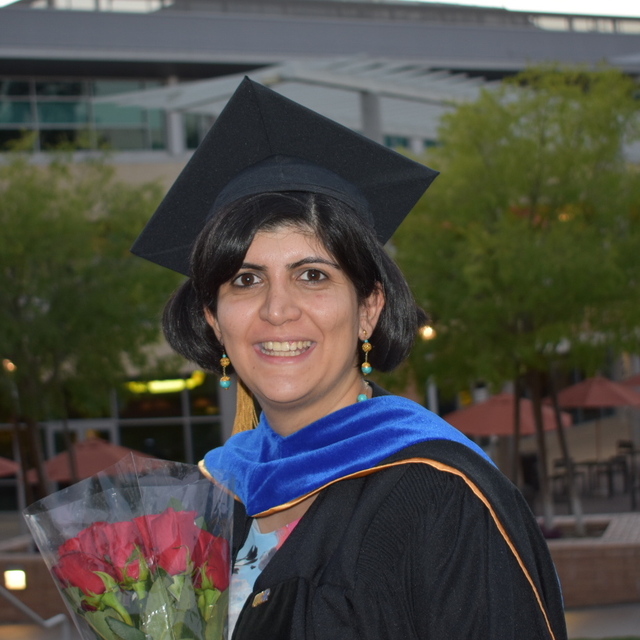February
2022
•
2022ApJ...926...70W
Authors
•
Wang, Xin
•
Li, Zihao
•
Cai, Zheng
•
Shi, Dong Dong
•
Fan, Xiaohui
•
Zheng, Xian Zhong
•
Bian, Fuyan
•
Teplitz, Harry I.
•
Alavi, Anahita
•
Colbert, James
•
Henry, Alaina L.
•
Malkan, Matthew A.
Abstract
•
The MAMMOTH-Grism slitless spectroscopic survey is a Hubble Space Telescope (HST) cycle 28 medium program, which is obtaining 45 orbits of WFC3/IR grism spectroscopy in the density peak regions of three massive galaxy protoclusters at z = 2-3 discovered using the MAMMOTH technique. We introduce this survey by presenting the first measurement of the mass-metallicity relation (MZR) at high redshift in overdense environments via grism spectroscopy. From the completed MAMMOTH-Grism observations in the field of the BOSS1244 protocluster at z = 2.24 ± 0.02, we secure a sample of 36 protocluster member galaxies at z ≈ 2.24, showing strong nebular emission lines ([O III], Hβ, and [O II]) in their G141 spectra. Using the multi-wavelength broadband deep imaging from HST and ground-based telescopes, we measure their stellar masses in the range of [109, 1010.4] M ⊙, instantaneous star formation rates (SFR) from 10 to 240 M ⊙ yr-1, and global gas-phase metallicities $[\tfrac{1}{3},1]$ of solar. Compared with similarly selected field-galaxy samples at the same redshift, our galaxies show, on average, increased SFRs by ~0.06 dex and ~0.18 dex at ~1010.1 M ⊙ and ~109.8 M ⊙, respectively. Using the stacked spectra of our sample galaxies, we derive the MZR in the BOSS1244 protocluster core as $12+\mathrm{log}({\rm{O}}/{\rm{H}})=\left(0.136\pm 0.018\right)$ × $\mathrm{log}({M}_{* }/{M}_{\odot })+\left(7.082\pm 0.175\right)$ , showing a significantly shallower slope than that in the field. This shallow MZR slope is likely caused by the combined effects of efficient recycling of feedback-driven winds and cold-mode gas accretion in protocluster environments. The former effect helps low-mass galaxies residing in overdensities retain their metal production, whereas the latter effect dilutes the metal content of high-mass galaxies, making them more metal-poor than their coeval field counterparts.
Links





